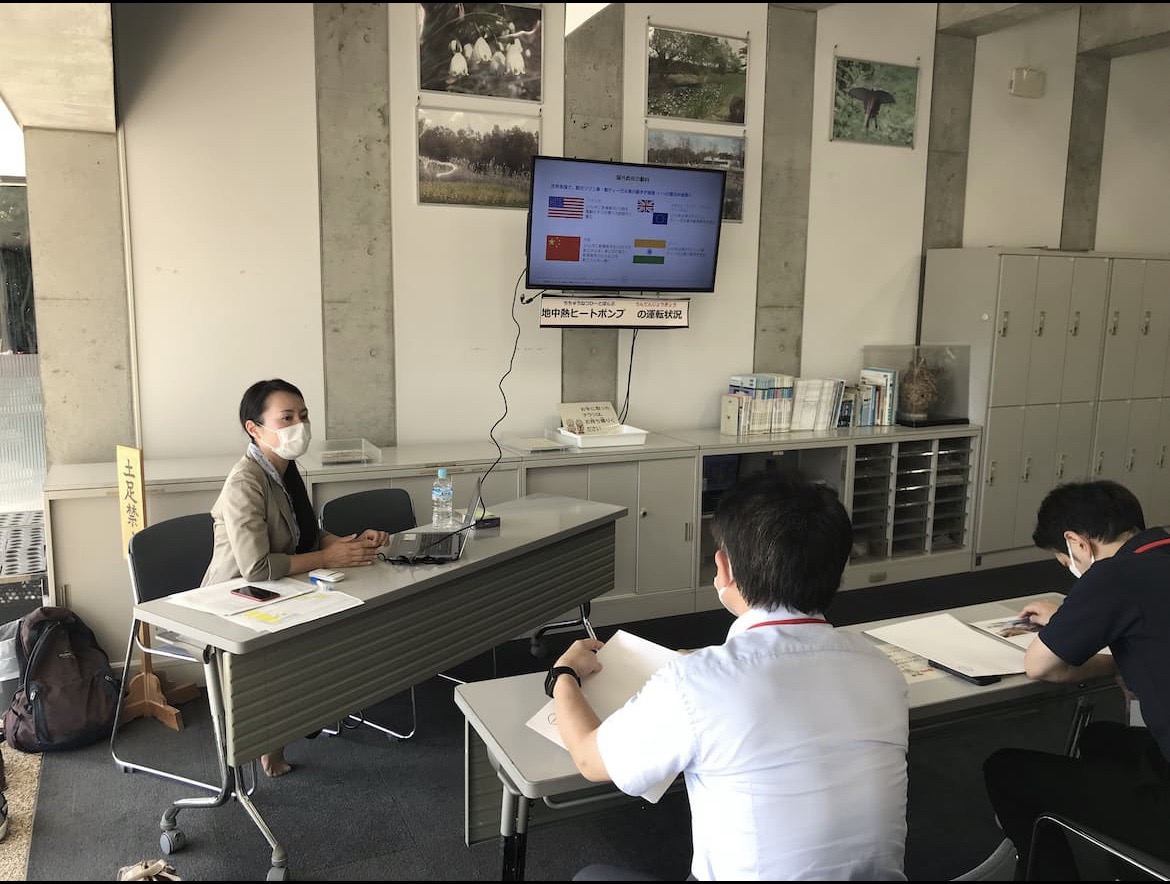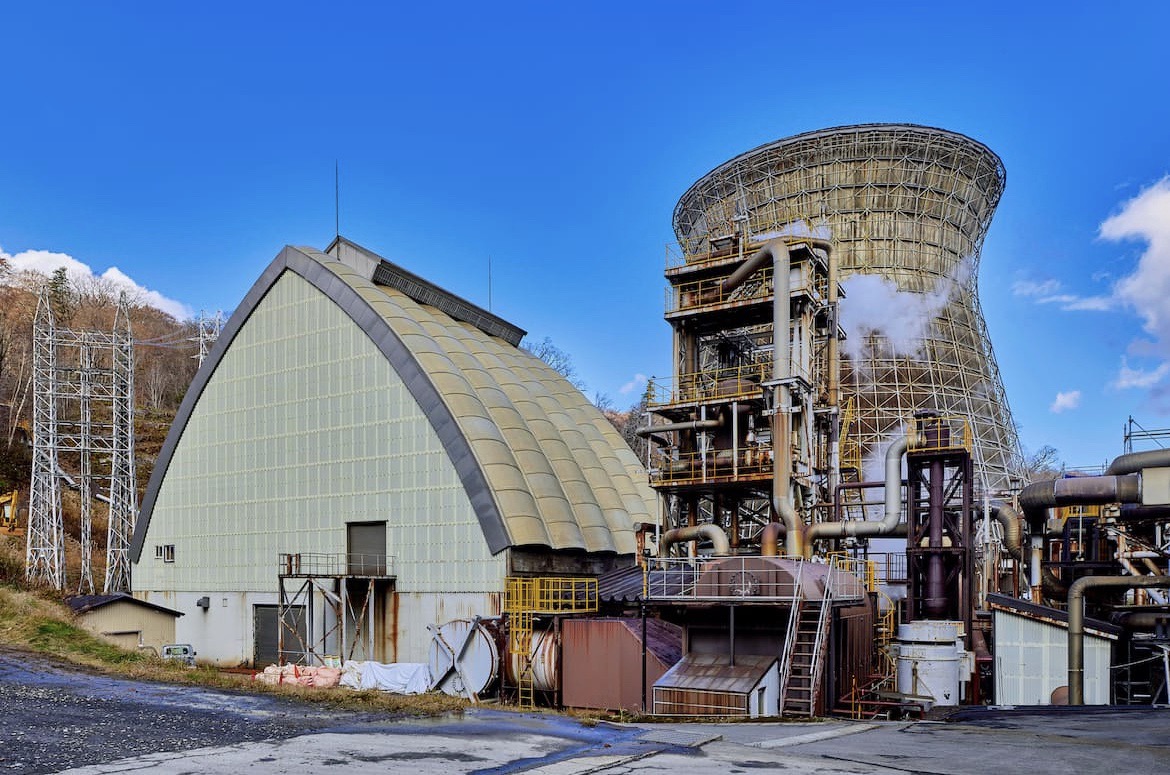Renewable energy stability in Hokkaido, the key is the power storage station Sumitomo Corporation's move

Nissan held an EV test drive event for local governments at the Saitama International Center for Environmental Science (Kazo City, Saitama Prefecture)
Nissan Motor Co., Ltd. is aggressively selling and promoting electric vehicles (EVs) to local governments in Saitama Prefecture. We recently held a test drive event for local governments. Partnership agreements that lead to the use of EVs are also concluded in rapid succession. Saitama Prefecture is home to Honda, which has factories in Sayama City and Yorii Town, but EV sales are lagging behind Nissan. There is a possibility that Nissan will cut down mainly on official cars.
In early October, Nissan held an EV test drive event for local governments at the Prefectural Environmental Science International Center in Kazo City, Saitama Prefecture. About 20 local government officials from within the prefecture participated. When I got on the company's new EV "Sakura", I ran around the center one after another. A Nissan representative said, "We hope that people will experience the merits of EVs and that they will be adopted as official vehicles."
Nissan started a test-drive event for local governments after it released the mini vehicle standard Sakura in June. Saitama will be the third location after Miyagi and Kanagawa prefectures.

Nissan also held seminars on EV trends before the test drive event for local governments in Saitama Prefecture
That is not all. Over the past few years, the company has concluded partnership agreements with Tokorozawa City, Honjo City, Miyoshi Town, etc., leading to the spread and use of EVs.
There are many contents such as Nissan dealerships renting out EVs to be used as emergency power sources in the event of a disaster, and popularizing EVs to reduce environmental impact such as decarbonization. There will also be more opportunities for the general public to learn about EVs in such places."
Saitama Prefecture has many Honda research laboratories and factories, and has a deep relationship with the local community. In terms of new car sales (including light vehicles) in Saitama Prefecture in 2021, Toyota Motor will be the top, just like in Japan, but Honda will be second, surpassing Suzuki, which is second in the country. Nissan remains in fifth place in Saitama Prefecture, the same as in Japan.
Honda has set a policy of switching all new car sales worldwide to EVs and fuel cell vehicles (FCVs) by 2040, but there are no signs of aggressive sales of EVs to local governments in the prefecture like Nissan. Nissan leads the domestic market in EV sales, and seems to be trying to make a comeback with EV as one of its breakthroughs.
Local governments in Saitama Prefecture, such as Sayama City and Yorii Town, have actively adopted Honda vehicles as official vehicles. However, the only EV that Honda sells in Japan is the Honda e, which was launched in 2020. Nissan, which has three models such as "Leaf" and "Sakura", is leading in EV sales.
Within the prefecture, Iruma City's public EV sharing business is attracting attention. An initiative to introduce 10 EV official vehicles at once within 2010, and share some with citizens when the government does not use them. A person involved in the project reveals that the 10 new vehicles to be introduced are expected to be Nissan vehicles.
The Honda e was also considered, but it is said that it is going to introduce a Nissan car because "the cruising range is not so long and the price is too high."
Sayama City, Yorii Town, and Ogawa Town may adopt Honda EVs, which have factories, as official vehicles, but Sayama City has only introduced one Honda EV. There is a high possibility that local governments promoting decarbonization will promote the introduction of EVs in the future, but Honda's current lineup of EVs makes it difficult to popularize them.
According to a summary by the Saitama Prefecture Automobile Dealers Association, EVs accounted for only 0.7% of new car sales (registered cars) in the prefecture in 2009, but rose to 1.2% in the period from January to August 2010. Toyota and other companies are also planning to strengthen their EV lineup. A manager of a Honda dealer in the prefecture said, "I expect Honda to develop EVs that are low-priced, have a long cruising range, and are excellent in cost performance." (Hirofumi Tanaka)

Power generation building and cooling tower (back) of Matsukawa Geothermal Power Station. New equipment will be removed after installation and operation (Hachimantai City, Iwate Prefecture)
Japan's first commercial geothermal power plant, the Matsukawa Geothermal Power Plant (Hachimantai City, Iwate Prefecture), is in the process of updating its aging facilities. At the power plant, the steam used for power generation is used to make hot water and supply it to the Hachimantai hot spring village and agricultural facilities. After the renewal, the power generation output will be reduced, but the next generation will also support the hot spring village and other areas as a heat supply base.
Cooling tower ㊨ and power generation building ㊥ after facility renewal (image) = Provided by Tohoku Natural Energy
The new power generation building has a gable roof design similar to the Matsukawa Geothermal Museum, which introduces the mechanism of geothermal power generation. The new cooling tower will have a forced ventilation system that uses a fan to reduce the height to 18 meters. Full-scale construction will begin next spring, and operation of the new facility will begin in October 2025.
Planned construction site for new power generation building and new cooling tower. Cooling towers visible in the back will be removed after the facility starts operation.
In 2016, the existing facilities were certified as Mechanical Engineering Heritage by the Japan Society of Mechanical Engineers, and among them, the cooling tower is a well-known landmark. Expect completion. Project costs are not disclosed.
The power plant started operation in 1966, and is characterized by generating electricity by extracting steam from wells called production wells. The current output is 23,500 kW, which is planned to be reduced to about 14,990 kW after renovation.
Osamu Kato, director of the Shizukuishi Plant (Shizukuishi Town, Iwate Prefecture), which monitors and controls the operation of the power plant, said, "In the future, if the amount of steam extracted decreases, we will drill new production wells, but we cannot expect the amount to be as large as when power generation started. In order to generate power stably for a long time, we decided to reduce the output."
Even in winter when the temperature drops below minus 15 degrees Celsius, the inside of the vinyl greenhouse that circulates hot water is kept at around 20 degrees Celsius.
Norihiro Kodama, president of Hachimantai Smart Farm (the city), which produces basil year-round in this area where the temperature drops below -15 degrees Celsius in winter, said, "Using heavy oil for heating costs 8.4 million yen a month, Hot water only costs 600,000 yen a month, and compared to heavy oil, it also reduces carbon dioxide (CO2) emissions (a greenhouse gas) by 228 tons a month, so it is advantageous both in terms of cost and the environment."
“Geothermal energy is a purely domestic renewable energy source that emits almost no greenhouse gases,” says Kato. He said, "We will continue to use the 'natural boiler' to maintain the supply of hot water and support the revitalization of the region."






